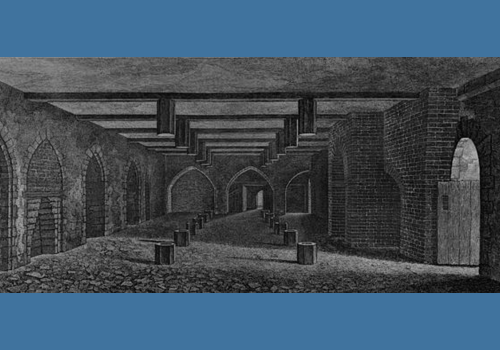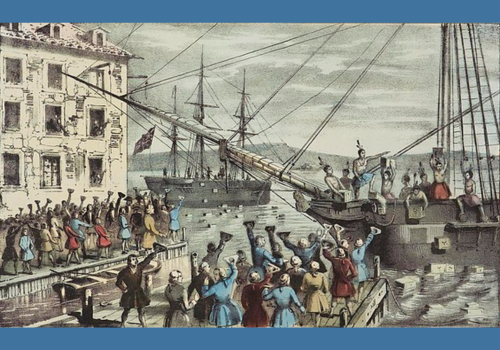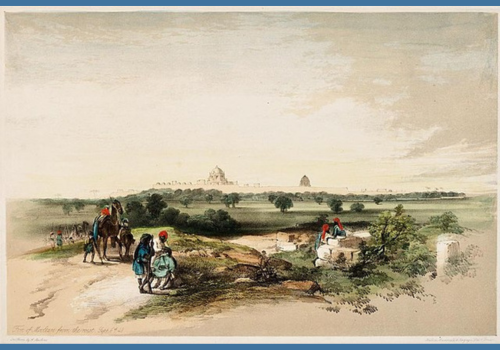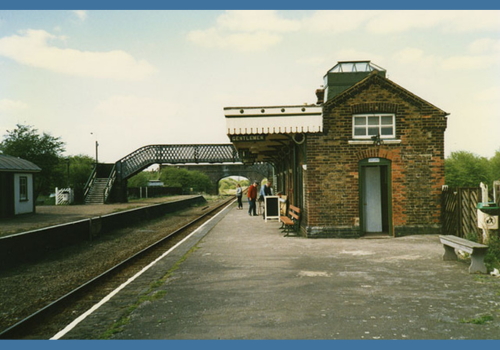‘Involved in the Gunpowder Plot.”‘
• (Caution: Contains spoilers for Episodes: S08E04: Bantling Boy, and S15E02: Murder of Innocence) Diesen Beitrag gibt es auch auf Deutsch. • Welcome to Bantling Hall, located in the picturesque Buckinghamshire… no, sorry: Dorney Court. A stunning Tudor manor that has been listed on the National Heritage List since 23 September 1955. With a rich history dating back to before the Battle of Hastings, the manor has been owned by several notable figures, including Aldred and Miles Crispin. Dorney Court is proudly owned by the Palmer family, who have maintained its beauty and heritage for generations. It is worth noting that the text does not reference the Gunpowder Plot, Battle of Marston Moor, or War of Independence. In 1646, during the Civil War, the Palmer family, who were royalists, had their estates seized. However, their estates were returned to them in 1657.





